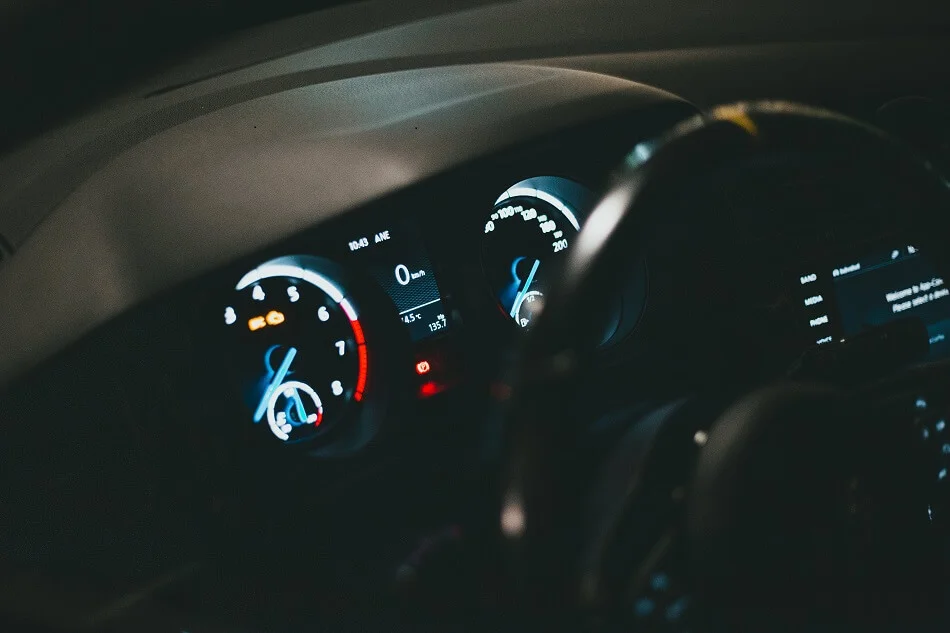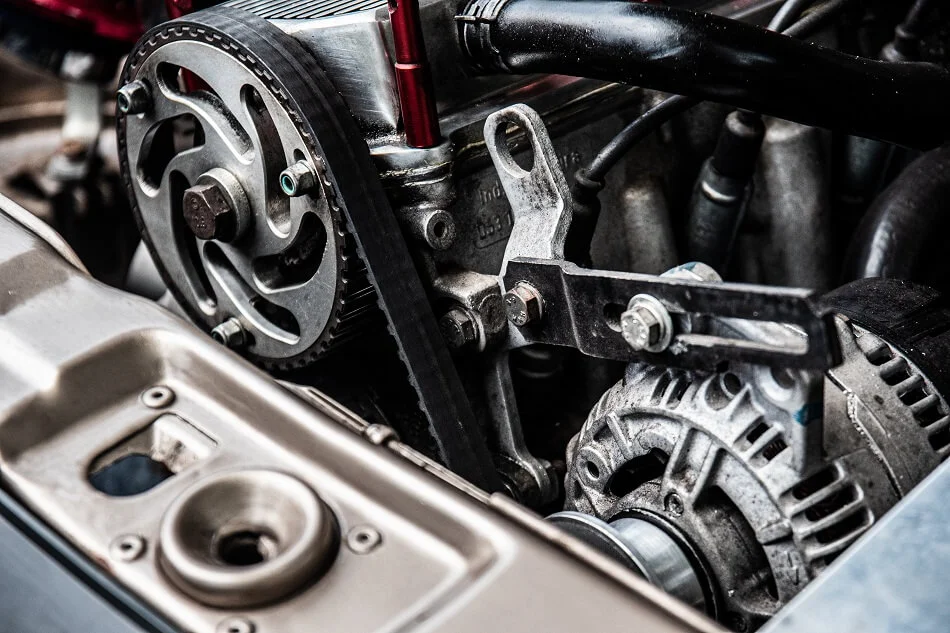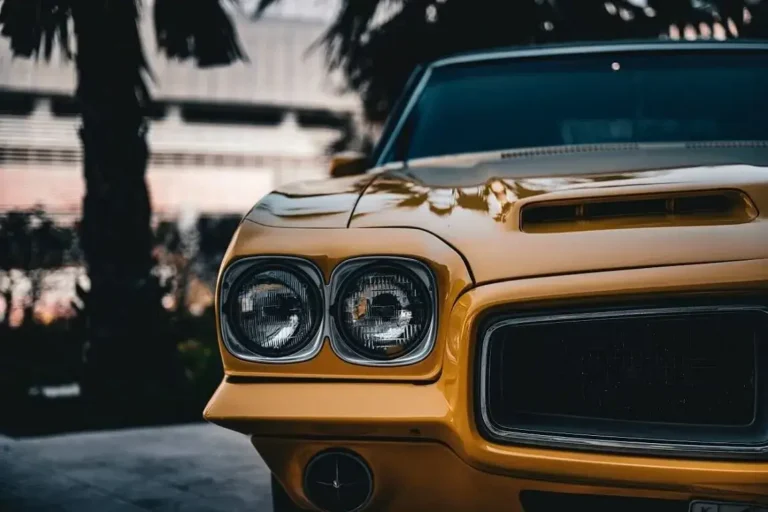Does the car need to be running when adding coolant?

Keeping your car engine properly cooled is crucial to preventing expensive damage, and knowing when to add coolant is an important part of that regular maintenance. Therefore, I have covered all the key factors like when you should check and refill your coolant, does the car need to be running when adding coolant, and how long to wait before opening the cap if your engine has overheated. Let’s dive in!
Does the car need to be running when adding coolant? Generally, not – most mechanics advise turning the engine off first. Wait for the engine to fully cool.
When to Check/Refill Coolant
You must need to often check your car’s coolant reservoir tank to maintain coolant level. But the question is, When should you put coolant in your car? Experts recommend inspecting it at least once a month when the engine is completely cold. Top up the pink or green fluid if it’s below the “Full” line.
Additionally, if you experience Signs like temperature gauge creeping up, white exhaust smoke, or red engine warning lights, you may need to refill coolant more urgently.
Does the car need to be running when adding coolant?
Does the car need to be running when adding coolant? Generally, not – most mechanics advise turning the engine off first.
So, when you get confused about add coolant with car on or off, I suggest to turn off your car’s engine before adding the coolant. Because opening the hot radiator tap produce air bubbles which get sucked into the water pump and reduce the engine efficiency, and its steam can burn your body parts.
Another question arises, can you add coolant while car is running? In some circumstances it’s okay to carefully top up the reservoir tank if it’s low and the engine is warm but not fully hot.
However, the ideal time for a complete coolant flush or refill is when the car engine has fully cooled overnight.
How to Add Coolant in Your Car
Adding coolant is straightforward with some basic steps:

- Wait for the engine to fully cool, ideally overnight. Only open the reservoir tank if the engine is warm but not fully hot. Never remove the radiator cap when hot.
- Locate your coolant reservoir tank, typically with a MAX and MIN line marked. It will be pink or green fluid.
- Unscrew the cap slowly, wearing gloves in case steam releases.
- Pour the pre-mixed coolant carefully up to the MAX line. Avoid spilling on any engine components.
- Replace the cap securely.
Use the proper coolant:
- Mix 50/50 with distilled water. This lubricates and won’t freeze.
- Check your manual for the recommended type for your car model. Use prediluted ethylene glycol varieties.
- Don’t use 100% straight antifreeze as it can damage parts.
Using Water in Coolant Reservoir
In an emergency, can you put water in the coolant tank to reach the minimum mark? Yes – distilled water is best short-term since it lacks minerals that leave deposits.
However, long-term water alone corrodes metal and doesn’t lubricate water pumps. It also boils faster, doesn’t transfer heat as efficiently, and could freeze in winter. Replace it with the recommended ethylene glycol antifreeze within a couple days.
Waiting Before Opening Cap When Overheated
When you see smoke or temperature rising dangerously high, safely pull over and shut off the engine immediately. But if you wonder, can you open coolant reservoir when hot in this situation? Absolutely not right away.
Similarly, many of us have another important question, what happens if you add coolant to a hot engine? The extreme heat and pressure can send liquid and steam exploding outward. This scalds anyone nearby and dumps more coolant out.
Therefore, Mechanics suggests to wait 30+ minutes for the engine to fully cool to check level and pressure inside the radiator. As a safety measure, use heavy gloves while slowly loosening the cap. If it starts venting steam, delay longer. Rushing this critical step risks serious burns.
Additionally, check your owner’s manual for the recommended how long should you wait to open coolant cap time. For severely overheated engines, waiting even a few hours for temperatures to normalize may be safest.

